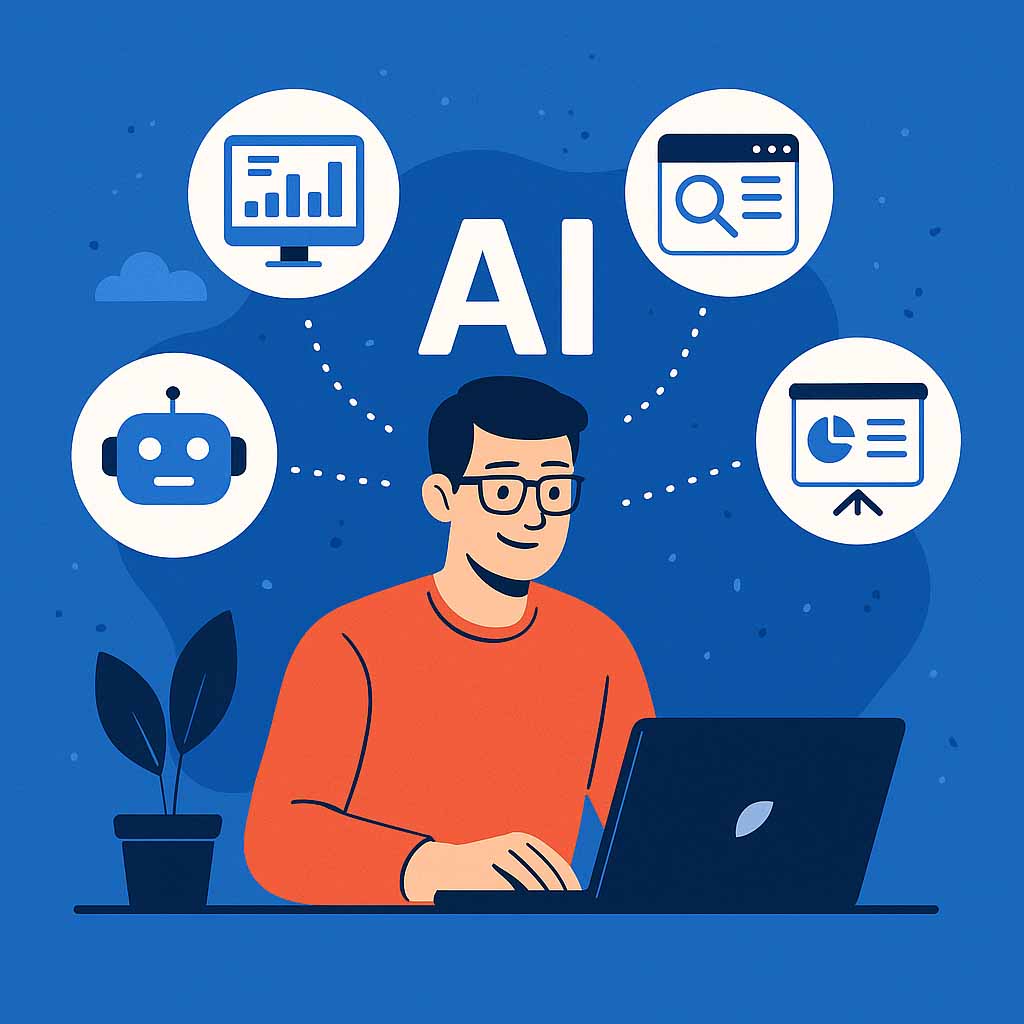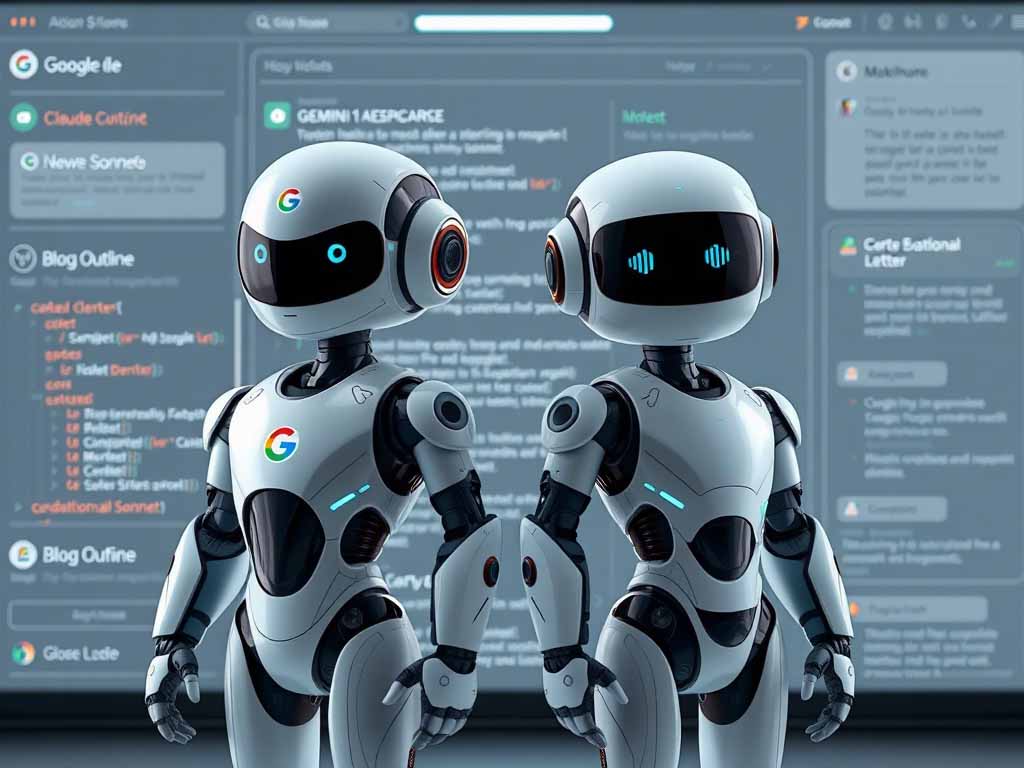Let’s be honest—developer conferences used to be mostly for engineers. New SDKs, platform updates, and lots of jargon. But this year? Microsoft Build and Google I/O 2025 felt like something else entirely: a battleground for the future of artificial intelligence. And after watching both keynotes, it’s clear these tech giants are not just taking different paths—they’re building two completely different futures.
One company is refining and embedding AI deeply into the tools we already use. The other is racing to reinvent the wheel entirely. And while both approaches are ambitious, only one seems truly ready to scale in the real world.
Let’s unpack what happened—and what it means.
Microsoft’s Strategy: Augment, Don’t Overwhelm
When Microsoft CEO Satya Nadella took the stage at Build 2025, the message was subtle but powerful: AI shouldn’t replace people—it should support them. Microsoft’s approach this year doubled down on making artificial intelligence feel less like a disruptive force and more like a quiet, helpful coworker.
Instead of unveiling a brand-new AI chatbot or an experimental search engine, Microsoft introduced something deceptively simple: deeper Copilot integration across their core products.
One of the highlights? Team Copilot—a smarter, more collaborative version of the existing AI assistant that already lives inside Word, Excel, and Outlook. Now it works across Teams, Loop, and even Planner. It can keep track of meeting notes, manage to-do lists, and gently nudge your team when things fall behind. It doesn’t feel flashy, but it’s immensely practical.
Microsoft also focused heavily on agent-based AI, giving developers tools to build custom assistants that can follow multi-step instructions. That’s a big deal because it takes AI from being reactive (“Tell me what to do”) to proactive (“Here’s what I already did”).
What’s striking is how Microsoft keeps positioning AI as a productivity multiplier. Not a novelty. Not an end-product. But a means to get boring, repetitive stuff out of the way—so humans can focus on strategy, creativity, or, frankly, just breathe.
There’s a maturity to this. And it shows.
Google’s Strategy: Bold, Beautiful, But a Bit Scattered
Then there’s Google.
If Microsoft’s vision was like watching a well-oiled factory improve its production line, Google’s I/O 2025 was more like stepping into a high-tech museum of ideas. Demos were jaw-dropping. Gemini 1.5 Pro showed off a 1-million-token context window—meaning it can retain and reason over massive amounts of information in one go. Google also demoed Project Astra, an AI assistant that can use your phone camera to interact with the world around you in real-time. It can recognize objects, remember them, and help you understand what’s happening as you move.
From a pure innovation standpoint, it was brilliant. Genuinely impressive.
They also introduced Veo, their video-generation model, which can create realistic, high-resolution videos from text prompts. And while that may not be immediately useful for everyday users, it signals Google’s desire to compete in creative AI—not just utility-based applications.
But here’s the thing: while Google showed us a lot of new ideas, it wasn’t always clear how they fit together. Some features, like the new AI-powered search summaries (now in “AI Overview” mode), are still in experimental stages. Others are locked behind Gemini Advanced subscriptions. And crucially, many of them don’t yet feel essential.
In other words: they’re cool. But are they useful right now?
The Core Difference: Integration vs. Invention
What these two events really showcased was a philosophical divide.
Microsoft’s bet is that AI should quietly plug into the work you’re already doing. You shouldn’t have to learn a new interface or even know you’re using AI. It should just… help.
Google, on the other hand, is betting that AI will fundamentally change how we interact with technology. Instead of clicking and typing, they want you to talk to your device like a friend. Wave your phone around. Let the AI see and hear what you do.
Both visions are valid. But one feels more ready for mass adoption.
Who Has the Upper Hand?
From a business standpoint, Microsoft’s strategy looks more scalable right now.
First, they already have a massive install base. Office 365 alone has hundreds of millions of active users. By integrating AI into those products, they’re giving value to users without asking them to change habits. That’s a recipe for strong retention and steady revenue.
Second, Microsoft’s enterprise relationships are deep. Their AI solutions are not just for individuals—they’re selling to CIOs, CTOs, and IT departments who value reliability and compatibility. If you’re a mid-size business deciding whether to use Copilot in Excel or experiment with Gemini, Microsoft is the safer choice.
Google’s edge is innovation. No question. They are pushing the technical boundaries of what AI can do faster than almost anyone. But innovation without integration can struggle. We’ve seen this before: Google often announces amazing technology (remember Duplex?) that fades into the background when it doesn’t get proper product support.
And let’s not forget the elephant in the room: Google’s business model still depends on advertising. By introducing AI search results that summarize content for users, they risk cannibalizing their own ad clicks. That’s a real tension. Microsoft doesn’t have the same problem, because their business isn’t tied as closely to search revenue.
A Weakness in Google’s Armor
For all of Google’s brilliance, there’s one major risk: user trust and consistency.
It’s not that people don’t trust Google’s ability to innovate—they do. But Google has a history of launching new things, only to sunset them a year or two later. Remember Google Wave? Google Allo? Stadia? People are wary. And when it comes to AI—where reliability, privacy, and long-term support matter—that history could hurt them.
There’s also the issue of access. Google’s best AI features often require Gemini Advanced (which costs money), or are limited to certain devices. Microsoft, in contrast, is rolling out Copilot across both personal and enterprise licenses, often as part of existing subscription tiers.
In short, Microsoft’s AI is becoming a default. Google’s is still an experiment.
Final Thoughts: Where This Is All Heading
To be clear, this isn’t a one-winner-takes-all game. Both Microsoft and Google will shape the future of AI in meaningful ways. And they should—because competition drives better products.
But if you’re asking which company’s strategy is more likely to deliver real-world value to the most people right now, Microsoft is ahead.
It’s not the flashiest approach. But it’s steady. Thoughtful. Built for longevity.
Meanwhile, Google continues to push boundaries—and that’s necessary. Someone has to show us what’s possible. But unless those innovations find their way into reliable, daily use cases, they’ll remain just that: demos.
Quick Read
- Microsoft is embedding AI deeply into products people already use, making it seamless and accessible.
- Google is betting on groundbreaking new tools that redefine user interaction—but risk being too scattered and early.
- Microsoft’s strategy feels more grounded and scalable today.
- Google’s strength lies in vision—but it needs to unify its AI offerings and clarify long-term support.



